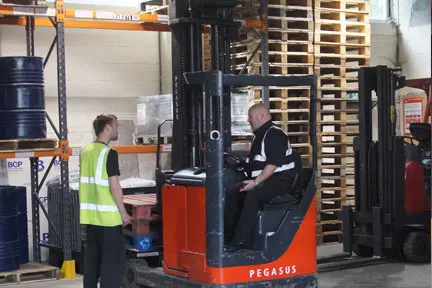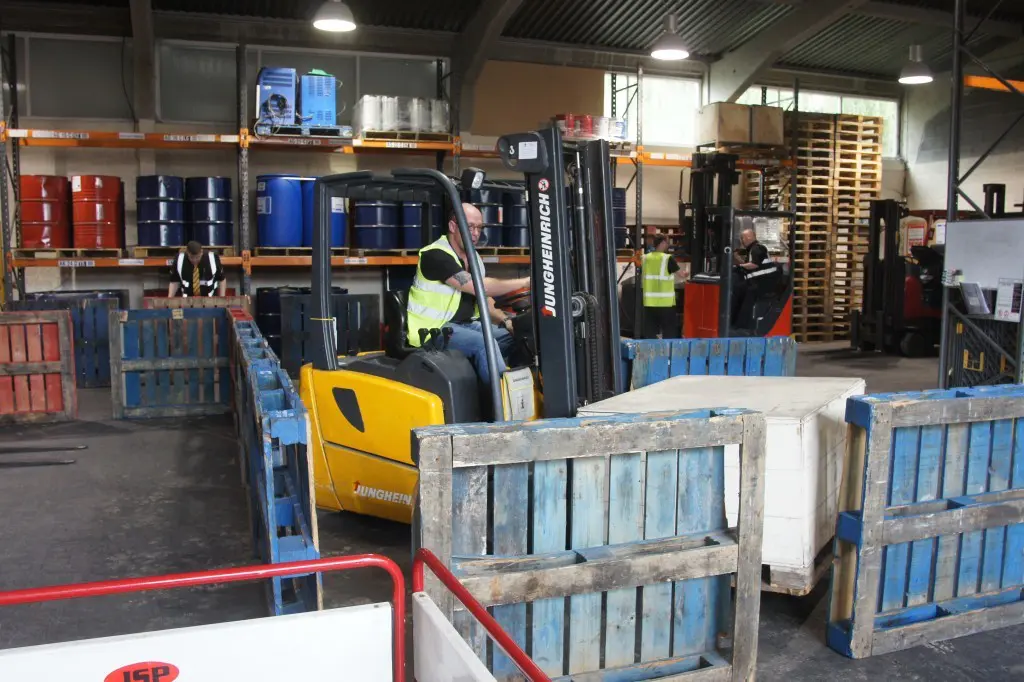
Primarily, forklifts operate within closed areas such as warehouses and factories. However, sometimes, a forklift may need to travel on a public road to transport goods to another site or to unload at a loading dock. It is legal for forklifts to operate on a public road, provided they adhere to legislative guidelines. Our comprehensive […]

Take control of your bookings, courses, and training reports for delegates through our innovative customer account system, powered by dante.co.uk. This exceptional service is available at a cost of £20+VAT per user per month, billed annually. BOOKINGS– used to view or manage current & past bookings The below image displays a TEST booking, prices […]

In the dynamic world of forklift operation, safety is paramount. Understanding who can and can’t operate a forklift and the challenges each individual may face is vital to ensuring the smooth running of a business. This blog looks at the guidelines surrounding forklift operation for these individuals and how we can help ensure both safety […]

It can be difficult to decide on which forklift training course to take. You may be inclined to choose the cheapest and shortest course since it will not only save you money but also time. However, by cutting corners, forklift operators may not be trained to a high standard and have the knowledge they need […]




